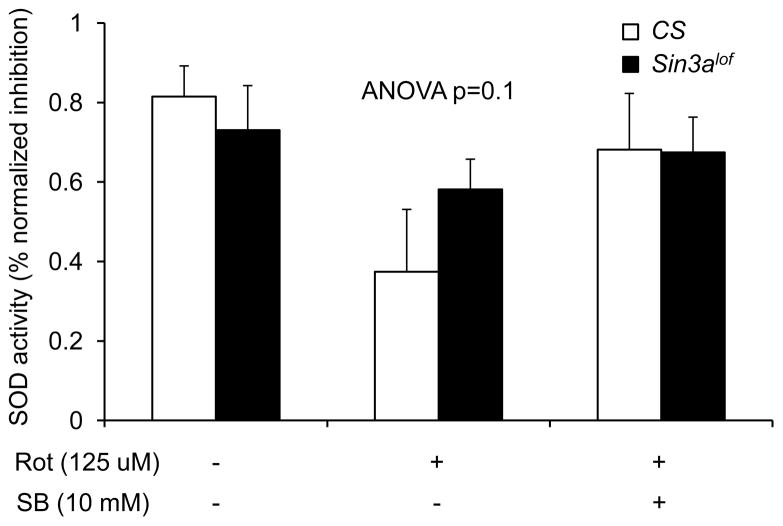Figure 8. CS (SB-treated) and Sin3Alof do not significantly improve SOD activity deficiency in rotenone-exposed flies.
The SOD activity in the whole fly homogenate was not statistically different between groups (n=5 biological replicates; ANOVA; p=0.1). Nevertheless there were some remarkable differences between groups. Wild type (CS) and Sin3Alof flies on vehicle-supplemented control food had comparable SOD activity. Exposure to 125 μM rotenone for 3 days showed a robust decrease in SOD activity as compared to vehicle only in wild type flies. Rotenone-exposed Sin3Alof flies had SOD activity as compared to rotenone-exposed wild type flies. In the presence of rotenone, 10 mM SB treatment for 3 days had higher SOD activity in wild type and Sin3Alof flies as compared to rotenone-exposed wild type flies. Columns=average relative percent inhibition of quercetin oxidation; error bars=standard error.

